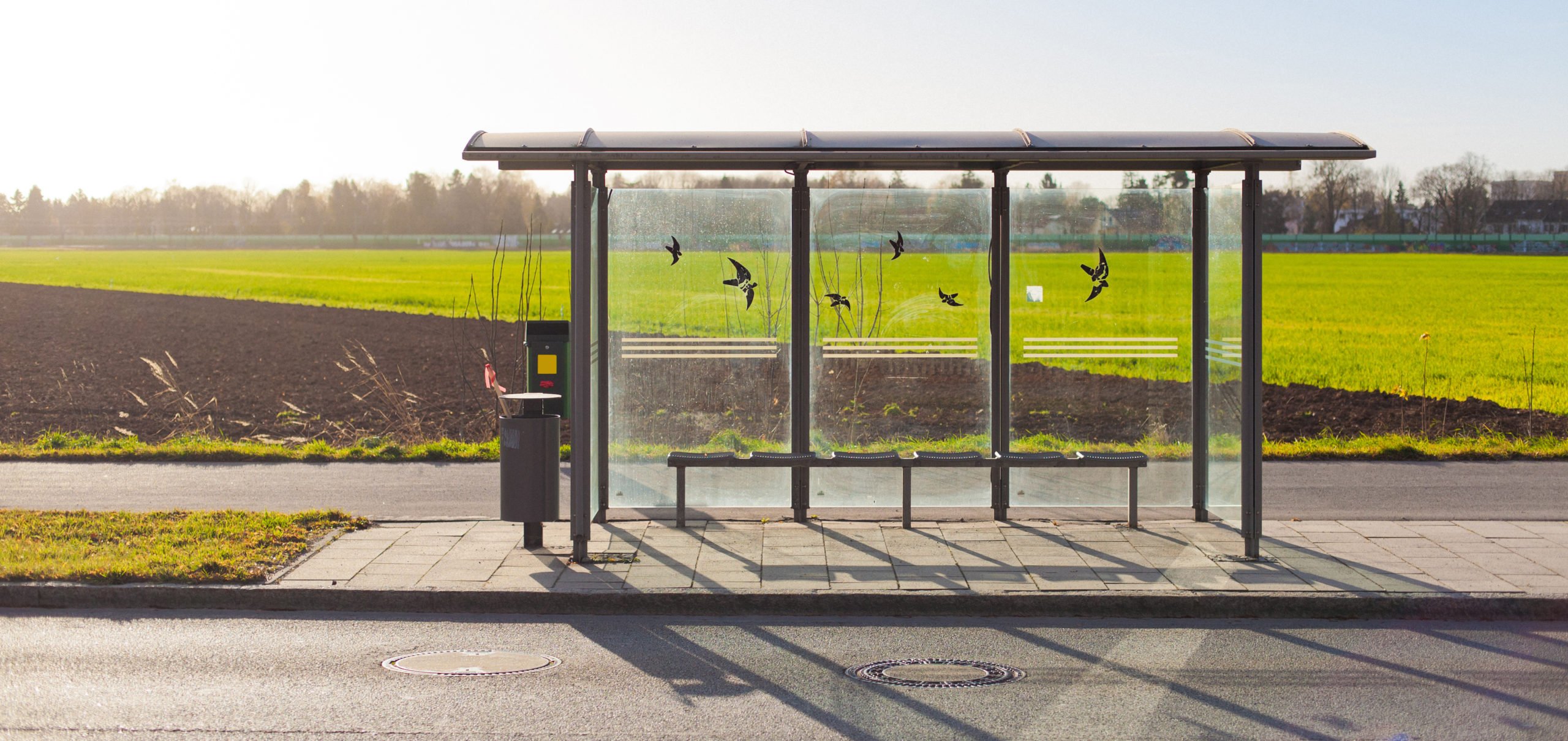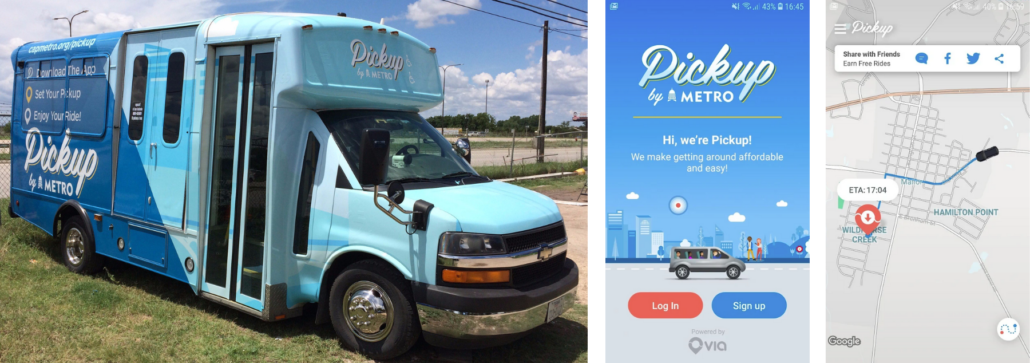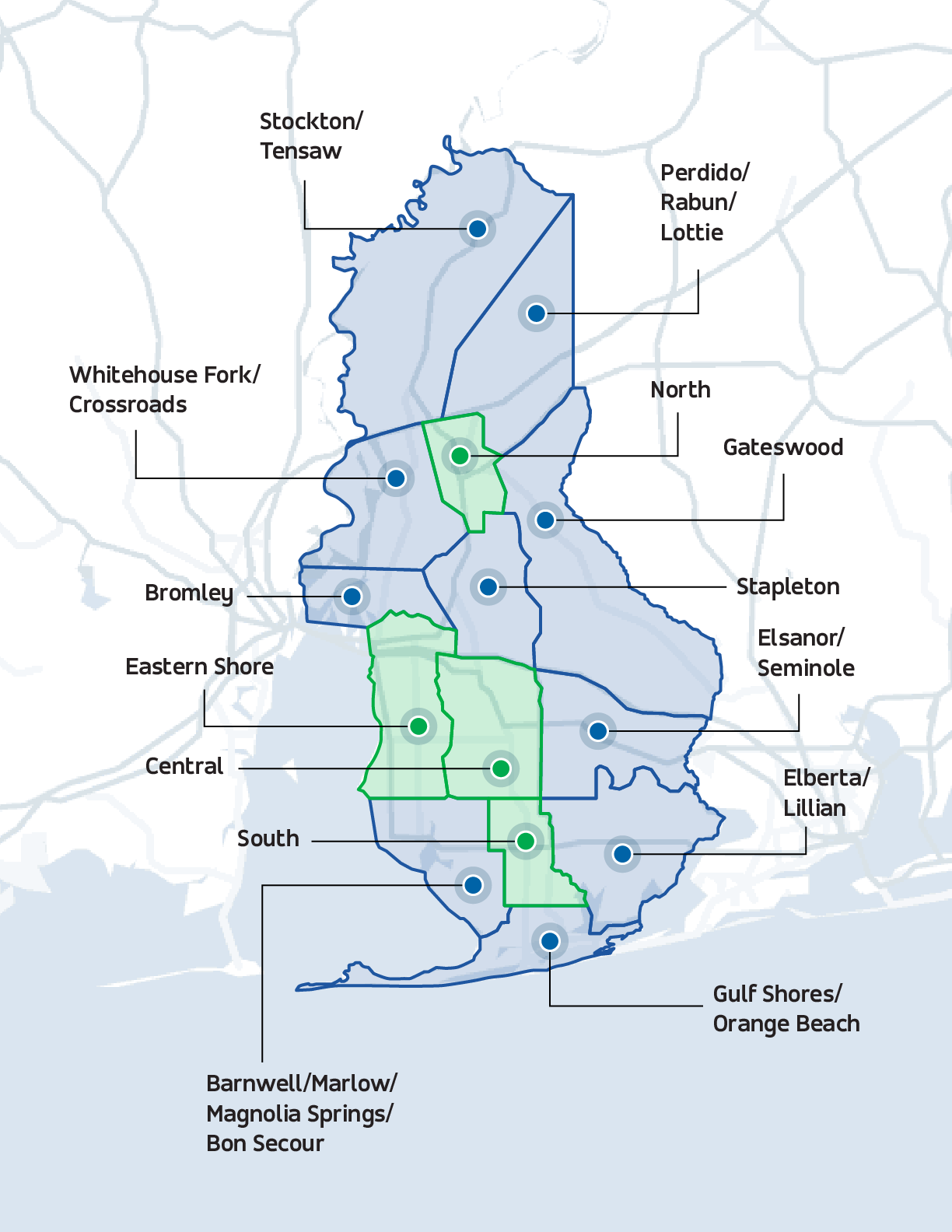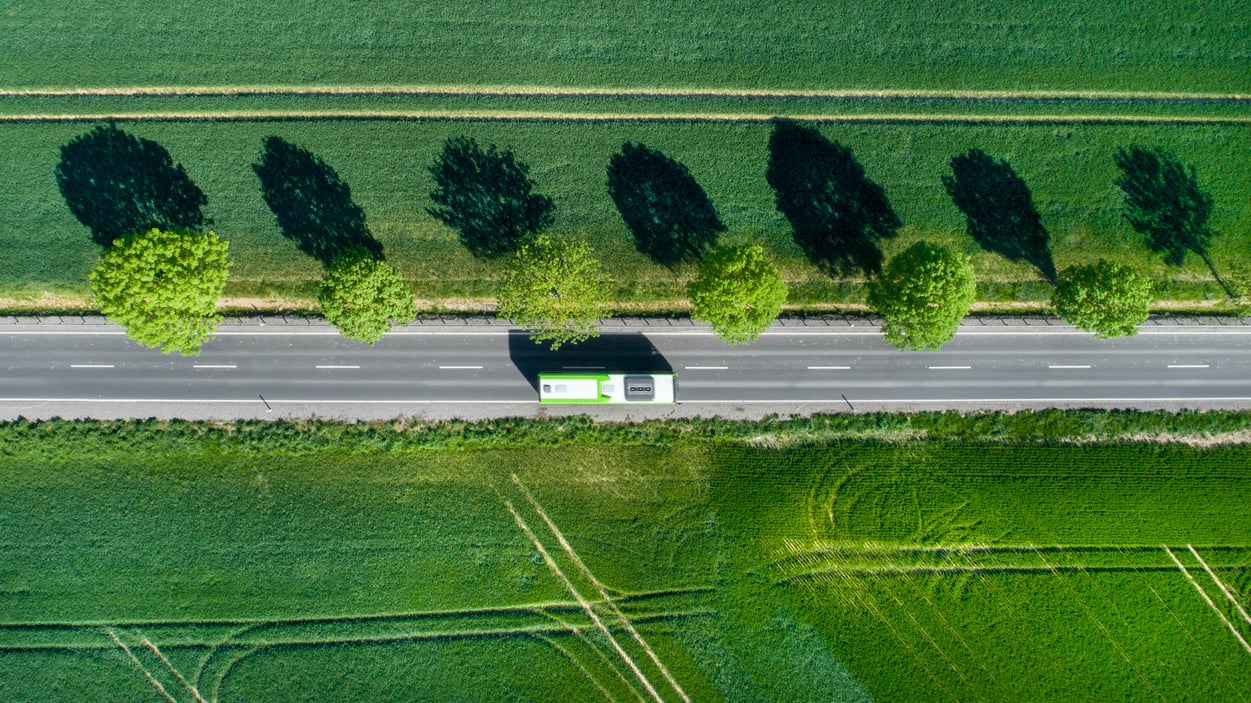It’s been splashed across the headlines: the billions in additional federal funding needed to keep America’s public transportation afloat in the wake of the COVID-19 pandemic, with cities like Los Angeles, San Francisco, and (most notably) New York getting all of the focus.
These investments are critical, but public transportation also exists outside of major urban metros, and mobility issues in rural communities are equally as important. While we watch urban cities grapple with slashing service due to budget shortfalls, rural residents and transit leaders are all too familiar with how bare-bones transportation networks can really be.
In fact, most of rural America has been cut off from access to effective public transportation for years. But why? “More than one million households in predominantly rural counties do not have access to a vehicle.” – Smart Growth America
Rural public transportation in crisis.
Where rural transit networks exist in the United States, they usually consist of some combination of limited fixed-route bus service along highways or major roads and some kind of demand-response transit (often known as “dial-a-ride”). Because most rural transit agencies serve large, low-density areas, those fixed-route buses usually run very infrequently, and demand-responsive trips must often be booked days, if not weeks, in advance.
It’s no wonder that almost everyone who has a choice in rural America opts to drive their own car or truck. It’s one main reason why, in a country in which transportation is the second highest household expense after housing itself, rural households devote a much higher percentage of their budgets to transportation than urban households. Moreover, millions of people have no choice — because of age, disability, or income, they are unable to drive and often find themselves stranded, struggling to reach medical appointments, the grocery store, community events, or work. In fact, according to Smart Growth America, the “majority of counties with high rates of zero-car households are rural.”
Scarce state-level funding paired with decades of limited federal investments have made it hard to improve the situation, leaving these communities with increasingly limited transit options. At the same time, we know that rural communities want better public transportation, and that it’s a smart investment of public dollars. According to the American Public Transportation Association, demand for transit in rural areas increased nearly 8% between 2007 and 2015. And a recent study found that, in rural Minnesota for example, each dollar spent on public transit reaps $2.51 worth of benefits for the larger community.

The proof leaders need
As the US Department of Transportation notes, “Access to public transportation in rural areas is limited by travel times and distances, frequency of service, cost, and limitations in funding.”
With significantly less access to public transportation, than their urban counterparts, the one in five Americans who live in rural areas is increasingly cut off from economic opportunities, social interaction, and public services, unless they have — and are able to drive — a private car or truck. This isolation comes at a serious social and economic cost.
1. Economic opportunity.
Research shows that a lack of reliable, affordable transportation options significantly limits people's access to the job market and other economic opportunities. That means that families in rural areas and small towns are essentially forced into expensive car ownership. For those who can’t afford a car, public transit can be the critical link that allows them to commute to and from a job that could be a key rung on the ladder of economic mobility.
2. Access to services.
Reliable transportation is vital for access to healthcare, shops, and services, especially since rural populations tend to be older. Additionally, a large proportion of veterans with disabilities and individuals who require accessible transportation live in rural areas with limited access to public transportation offerings. Across the country, lack of access to public transportation significantly (and negatively) impacts healthcare outcomes.
3. Social isolation.
As the nation has learned all too well over our prolonged period of lockdown, social interaction matters for health and overall well-being. Without the ability to affordably and reliably meet with loved ones, rural residents — especially older ones — experience lower quality of life and worse health outcomes.

Familiar concepts, new technology
We should use this crisis as an opportunity to build a better future, investing in the transportation systems we’ve long needed to help rural communities thrive. In many rural communities, the demand-responsive transit or dial-a-ride services that have long been the bedrock of public transportation offerings suffer from real deficiencies.
Oftentimes, riders must be booked days or weeks in advance. Pickup and dropoff windows may be wide, and riders have no way of knowing when their ride is late or tracking their vehicle as it approaches. Scheduling and routing is done by hand, and these services often suffer from low-productivity, moving few passengers-per-hour at a high cost-per-trip. “I have a lot of rural areas… How can we expand those kinds of microtransit pilot programs into rural areas?” - Sen. Doug Jones (D-Alabama) On-demand transit technology can improve the quality-of-service and efficiency of rural public transportation, improving the rider experience while lowering the cost-per-trip. And while on-demand transportation is not a new concept, advances in both technology and consumer expectations — paired with highly fluctuating demand patterns resulting from the COVID-19 crisis — have given it a renewed relevance and importance.
These systems allow operators to more efficiently meet low and inconsistent demand. Riders are assigned to vehicles and trips are routed using powerful algorithms that improve the productivity of rural transit services. It also is dramatically better for passengers who can book, adjust, or cancel trips either by using a smartphone app or by calling a dispatcher, whichever is most convenient and comfortable for them, and they can track their vehicle as it approaches.
These are some of the reasons that a few months ago at a Senate hearing, US Senator Doug Jones (D-Alabama) discussed the benefits of on-demand shuttles in Birmingham and asked: “I have a lot of rural areas, and I know that’s a big issue for everybody on this panel. How can we expand those kinds of microtransit pilot programs into rural areas?”

Communities taking successful action
In June 2019, the Capital Metropolitan Transit Authority (CapMetro) in Travis County, Texas launched their PickUp service, an on-demand microtransit service that gives rural and suburban residents a convenient and accessible option for traveling throughout the county and connecting to the urbanized Austin metropolitan area. One of those service zones is Manor, Texas, a community of less than 9,000 residents.
In the first three months of service in Manor, ridership increased 285% per day compared to the previous legacy dial-a-ride service, the number of passengers per vehicle per hour increased by four times, and the costs decreased by 50% per passenger. Residents using PickUp get the ease and convenience of a private taxi with the affordability and sustainability of the bus.
With the help of a federal grant , the Baldwin County Commission in Alabama replaced its legacy transportation network with an entirely on-demand system, in collaboration with Via. To serve unique travel needs across the broader service area, the city designated four sub-zones covering the highest-density areas in the county. Riders book on-demand trips anywhere within each zone, or schedule rides between the zones or to destinations outside the core zones.

Communities across America have an opportunity to improve rural transit in a way that will let us be better connected, more equitable, and more sustainable than before. Let’s not waste it.




